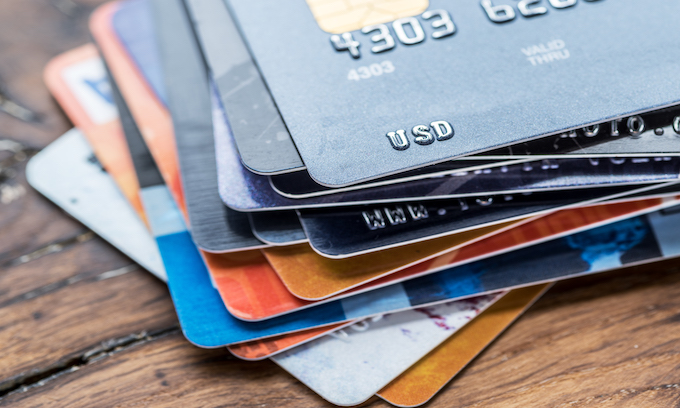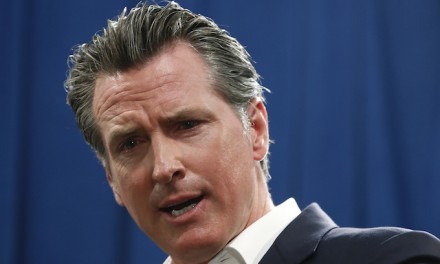Inflation in the United States is more than three times higher than it was last year, straining many Americans’ finances.
Americans in dire financial circumstances are swiping credit cards more frequently compared to a year ago. But they continue to hold back from dipping into savings and retirement accounts relative to last year.
Some 13% of U.S. households found it very difficult to pay for their usual expenses from March 30 to April 10, according to data from the Census Bureau’s Household Pulse Survey. Within that goup, 44% of respondents said they’re using credit cards or loans to meet needs, while 34% said they’re using money from savings or retirement accounts.
Last year when inflation was rising at a 2.6% annual rate, some 9% of households surveyed then found it very difficult to pay for usual expenses, according to data from a prior Household Pulse Survey. That survey also found that 34% of households used credit cards or loans to meet spending needs and 31% dipped into savings.
“Even in the face of inflation, if you have steady cash flow coming in, there may be less need or inclination to withdraw from savings,” said Mark Schrader, a financial planning strategist at the Teachers Insurance and Annuity Association of America.
The U.S. unemployment rate is just a 10th of a percentage point above the pre-pandemic level and average hourly earnings are up more than 5% compared to last year, according to data from the Bureau of Labor Statistics.
Indeed regardless of financial circumstances, the majority of American households are using “regular income sources” to pay for everyday expenses, according to Census data.
Card debt gets more expensive
In the face of more interest rate hikes this year, Americans may want to think twice about turning to their credit cards.
Compared to last year, credit card debt has gone up 16% among 64 million Credit Karma members. The average amount of debt they currently hold is $5,221, up from $4,896 in April 2021.
When the Federal Reserve raises interest rates, which it plans to do six more times this year, the interest you’ll have to pay on credit card debt also rises.
Average credit card rates currently hover at 16.36%, according to data from CreditCards.com. Rates began rising after the Fed raised its key interest rate in March for the first time since 2018.
That’s why Ted Rossman, senior industry analyst for CreditCards.com and Bankrate.com., recommends people use most of their tax refund money to pay off credit card debt.
But if you don’t have ample emergency savings it’s best to prioritize building it up over paying off credit card debt so you don’t “find yourself in a position where you’re robbing Peter to pay Paul,” Rossman previously told USA TODAY.
© Copyright (c) 2022 Austin American-Statesman



















This is the goal of the treasonous, socialist Democrat Party, to bankrupt the people and force them to rely on government assistance…thus socialism!
Keep in mind that before any government can give you anything,,,
the government first has to take YOUR money in one way or another. 🙁 🙁 🙁
Yeah—we can’t raise our debt ceiling nor print more money. If only the government had to be so restricted.
THat is why the FIRST THING republicans should do, IF they win back majoritys, IS FORCED A BALENCED BUDGET LAW into effect.